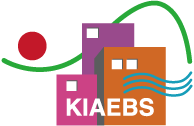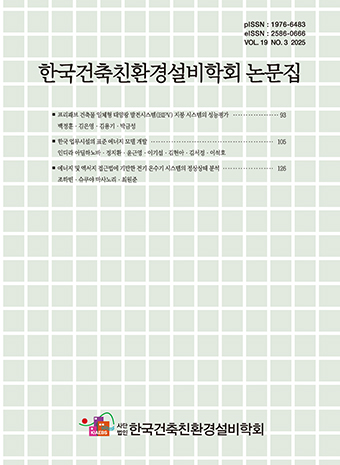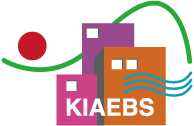Research Article
Abstract
References
Information
Shin, S.E., Choi, M.S., Ji, C.Y. (2019). An anlaysis of the policy effects and changes aenergy amount in residential buildings by green building policy-Focusing on insulation standard and building energy efficiency rating system. Paper Presented at the Architectural Institute of Korea Spring Conference, 39, 567-568.
- Publisher :Korean Institute of Architectural Sustainable Environment and Building Systems
- Publisher(Ko) :한국건축친환경설비학회
- Journal Title :Journal of Korean Institute of Architectural Sustainable Environment and Building Systems
- Journal Title(Ko) :한국건축친환경설비학회논문집
- Volume : 15
- No :5
- Pages :487-498
- Received Date : 2021-08-30
- Revised Date : 2021-09-28
- Accepted Date : 2021-10-25
- DOI :https://doi.org/10.22696/jkiaebs.20210041




 Journal of Korean Institute of Architectural Sustainable Environment and Building Systems
Journal of Korean Institute of Architectural Sustainable Environment and Building Systems








